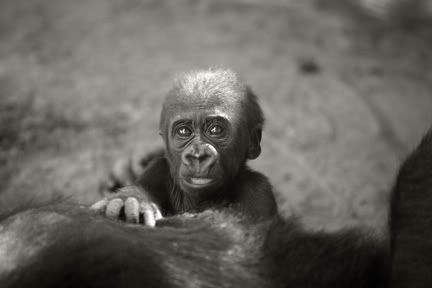
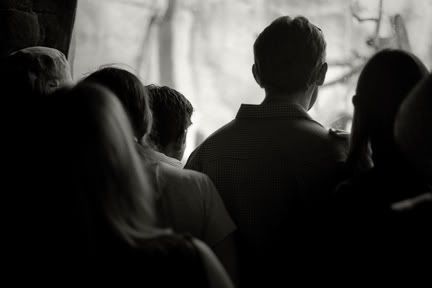
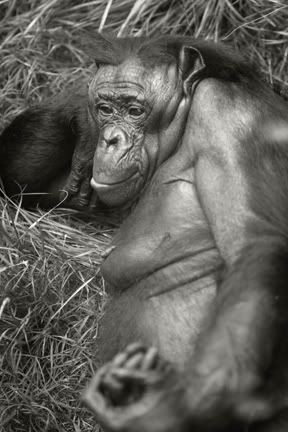
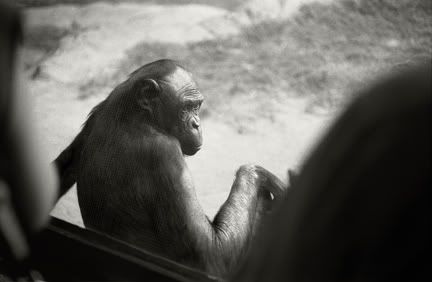


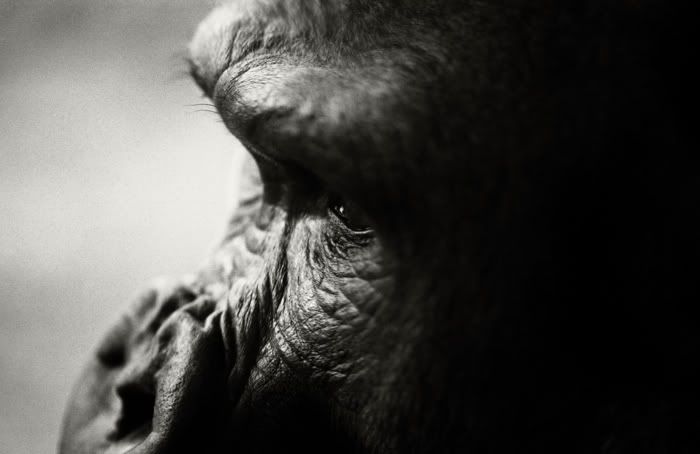
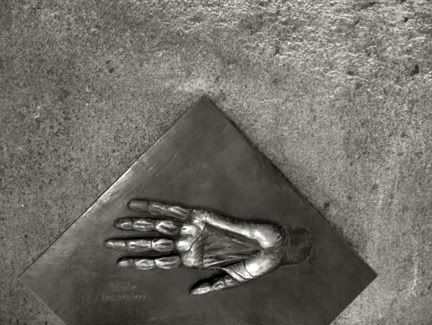
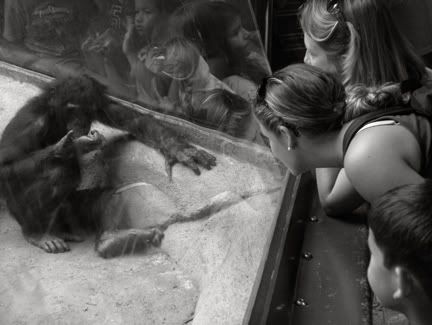
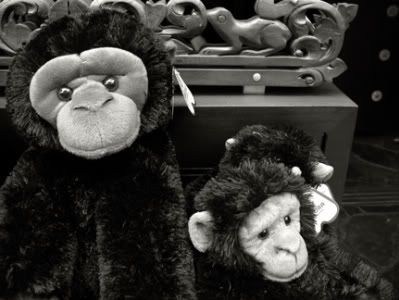
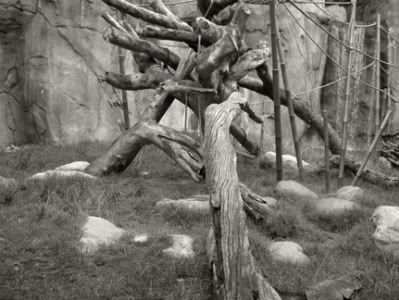

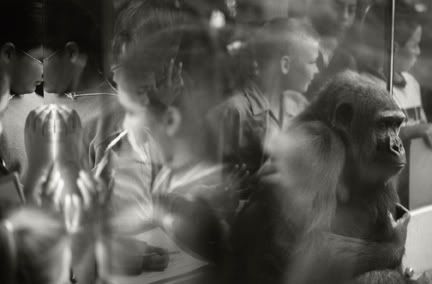
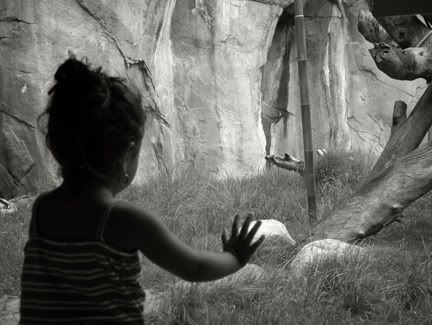
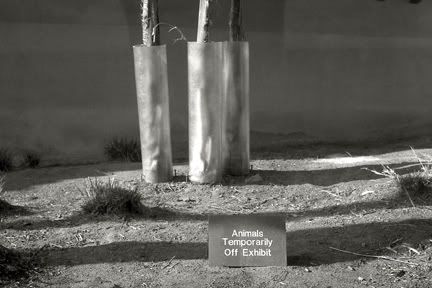

In many ways, the act of photography is quite empirical. That's an overly stodgy and academic way of saying that taking photographs is like collecting all sorts things, events, and moments. At least, it is for me. You see, photography was my first mode of investigating the world around me...long before I ever found my way to anthropology. I got my first camera when I was 18 (a Canon EOS Rebel G) and immediately started shooting roll after roll of film. I took classes at a local community college, and by my second semester I had created a makeshift darkroom in my bathroom. I was serious.
I read everything I could, and I learned how to use the tools of the trade. Before I knew it, I had a Wisner 4x5, a Leica M6, and a Rolleiflex 6x6, among other cameras. I also read just about everything I could about all of the great photographers (Edward Weston, Henri Cartier Bresson, Paul Strand, Dorthea Lange, Imogen Cunninham, Brett Weston, Ansel Adams, Robert Frank, and my all-time favorite Walker Evans). I took cameras with me everywhere I went in those days; making photographs was like constantly collecting little bits and pieces of evidence. But, despite my enthusiasm, there was something missing. Photography provided me with a great tool for collecting visual evidence, but I needed another tool to answer the "why" and "how" questions. I had stacks of images that highlighted troublesome issues...but I needed something to delve further into what they meant, how they came about, and what, if anything could be done about them.
Enter anthropology. I started studying anthropology specifically to fill in the gaps that photography left vacant. The above set of images represents this transitional stage--when I shifted from a primarily evidence-based approach (taking lots of photographs) to looking deeper into how and why humans do what they do. I spent a lot of time at the local zoo when I was first reading about anthropology. I remember bringing my intro texts with me and watching not only the primates inside the enclosures, but also those on the outside looking in. I was fascinated by the whole experience, and anthropology made me look at places like zoos in completely different ways. Of course, I had my cameras with me too, and I took plenty of shots over the years.
I was most interested in the interactions between human and non-human primates, and what, exactly such encounters meant for all involved. Zoos promulgate themselves as places of education and learning. But I was struck by all of the underlying meanings and complexities of such seemingly benign places. When I first went to zoos, I think I understood them very much in the standard touristic sense as places of leisure and learning. Over time, and as I started learning about and studying human behavior, I became more and more fascinated with all of the other stories--about power, control, nature, and society--that happen day in and day out. It's pretty amazing to me that it was just about 10 years ago that I decided to dive headlong into anthropology. These photographs reflect a small fragment of that decision, and highlight some of my earliest fascinations with anthropology, which have only compounded over time. Still, at some point, I do want to go back to this zoo project and give it the full ethnographic treatment it deserves. But that's for another time.
Ryan Anderson
Ryan Anderson
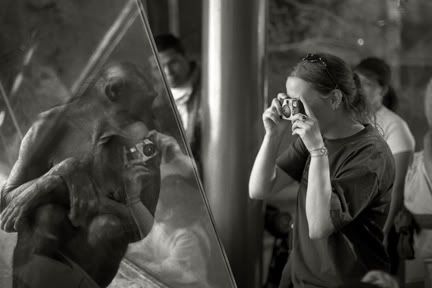
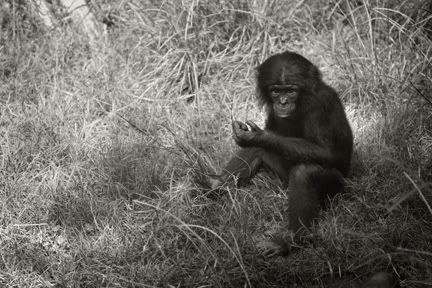
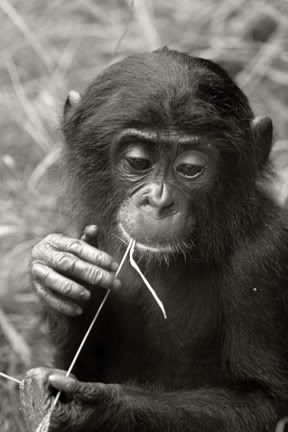
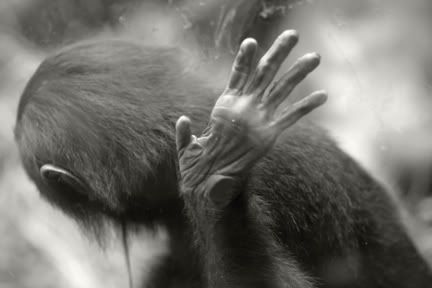
No comments:
Post a Comment